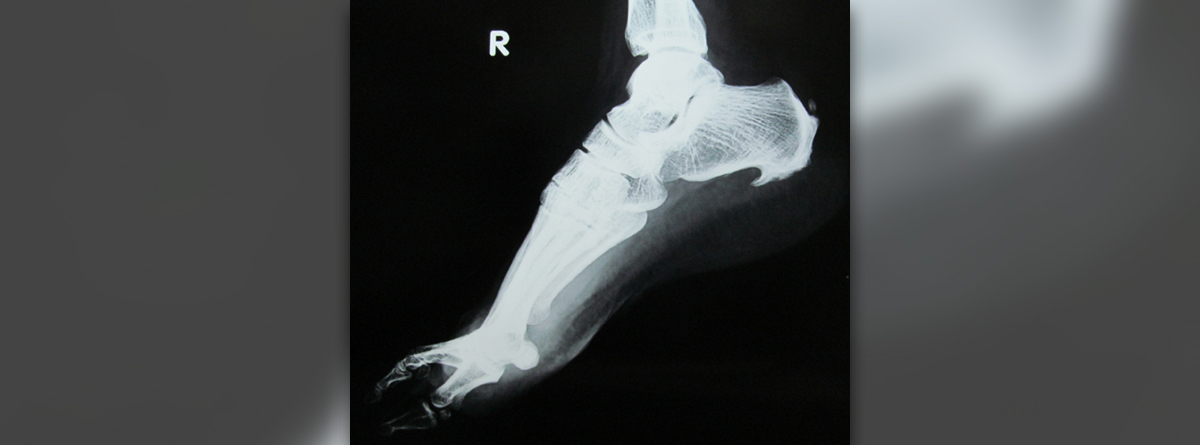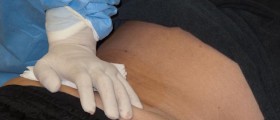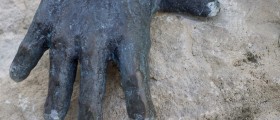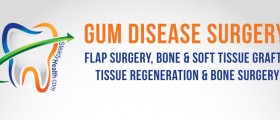
A bone spur, medically known as osteophyte, is a bony outgrowth formed on the normal bone. This is extra bone tissue which is most commonly smooth and may sometimes cause pain especially if it presses or rubs of nearby bones and soft tissues. Bone spurs most frequently affect the spine, shoulders hands, hips, knees and feet.
Causes of Bone Spurs
A bone spur occurs as a consequence of bone repair during which the excess of bone is formed. Bone spurs mostly develop as a result of prolonged pressure, rubbing or stress on the specific body part. Bone spurs may also affect elderly people due to process of aging. Bone spurs related to the process of aging mainly affect the spine and feet. Furthermore, certain professions such as dancers and runners suffer from bone spurs in the feet. In this case bone spurs form as a reaction to tight ligaments and excessive strain onto the feet and the accompanying ligaments or wearing of poor fitting shoes. Rotator cuff is a medical condition in which irritation and inflammation of the shoulder and its tissues eventually lead to formation of bone spurs apart from other changes related to this medical condition.
Symptoms of Bone Spurs
In majority of cases, patients are not even aware of the presence of bone spurs because they do not suffer from any symptoms or signs. However, if the bone spur presses on the surrounding tissue or nearby bones this typically leads to pain, swelling of the soft tissues and possible tears. Bone spurs in the feet may be responsible for corns and calluses. These formations typically occur on the surface of the bone spur.
Diagnosis and Treatment for Bone Spurs
Bone spurs can be easily visualized by X ray of the affected area. They may be found accidentally when X ray is performed in other purposes or after taking X ray of the body part which hurts.
Treatment for bone spurs is not required unless one is suffering from certain symptoms and signs related to their presence. Pain and damage to the surrounding bones and soft tissue require treatment.
In some cases the pressure caused by bone spurs can be reduced if one loses weight. This may alleviate the symptoms. The symptoms may be reduced or completely eliminated with rest, ice, stretching and certain medications. The most commonly prescribed medications of bone spurs are nonsteroidal anti-inflammatory drugs. People suffering from osteoarthritis are taught how to protect their joints. Bone spurs in the foot require proper footwear. Calluses and corns are treated by a foot doctor. In severe form bone spurs are treated with corticosteroid injections. And finally, they can be surgically removed.

















Your thoughts on this
Loading...